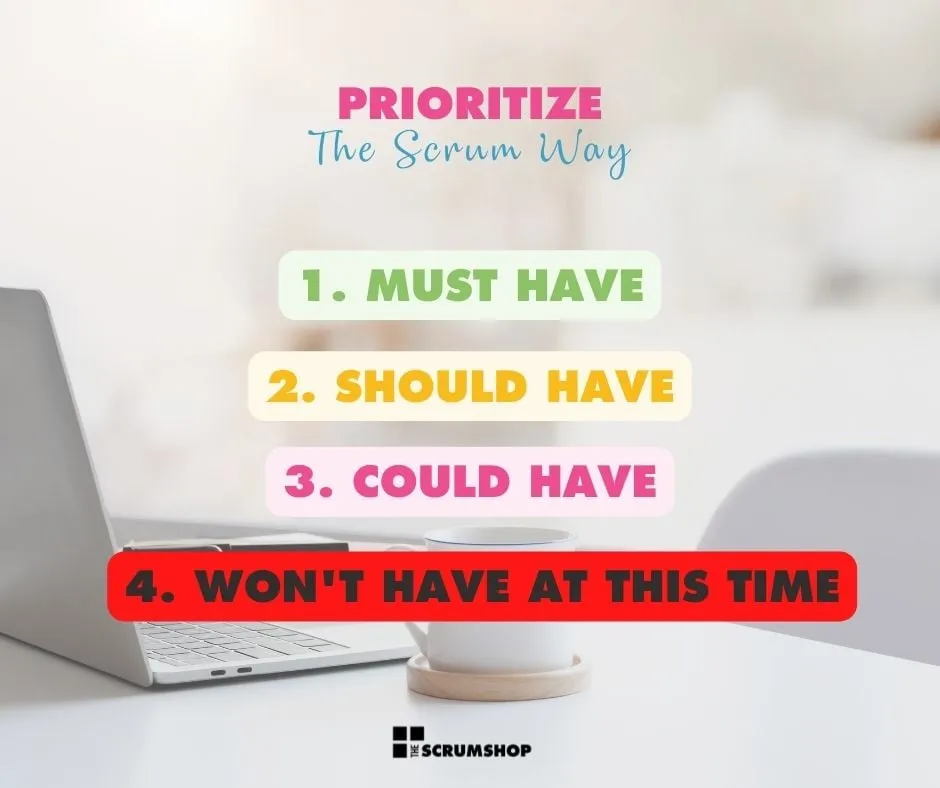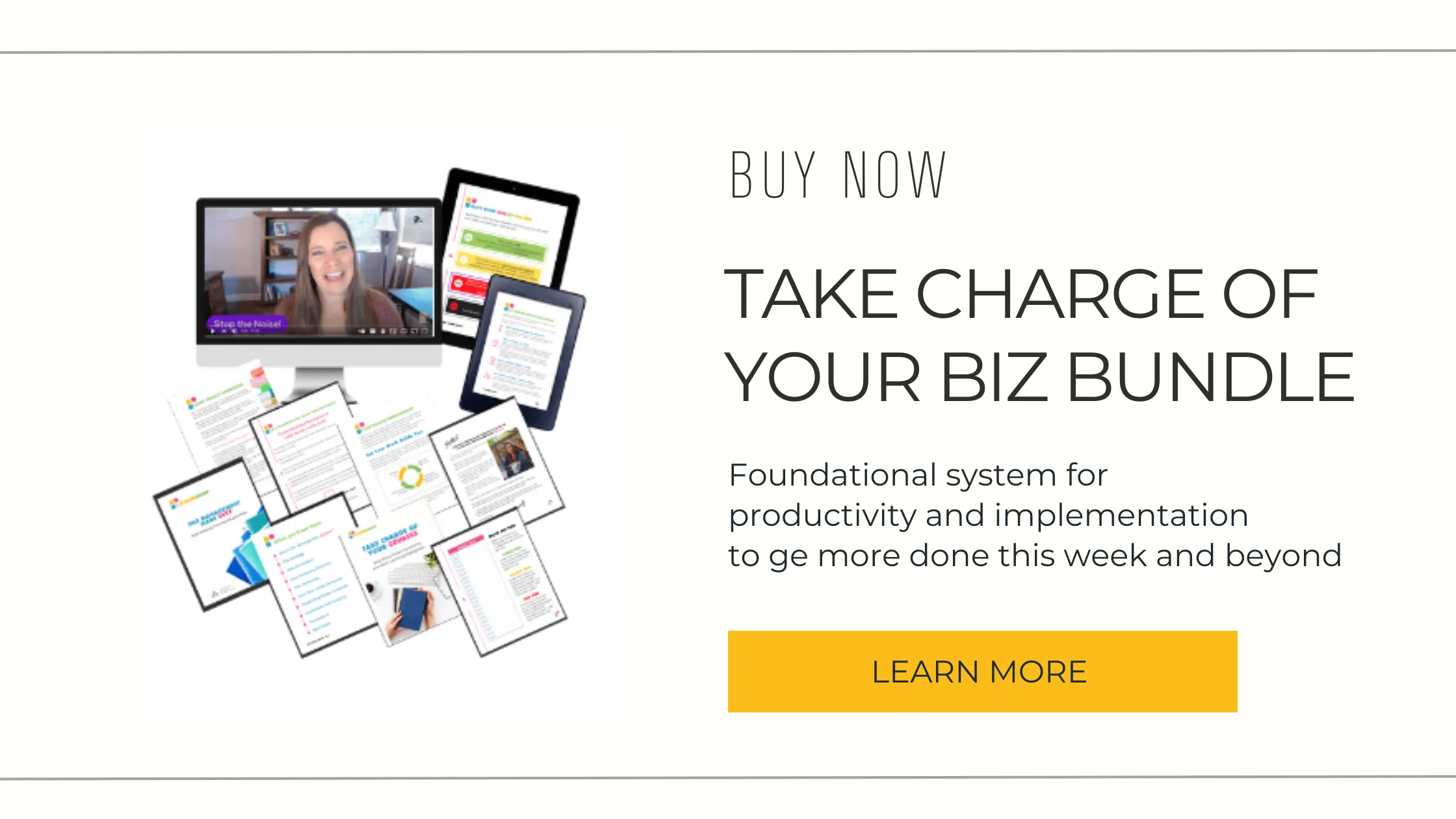Prioritizing with Scrum: A Guide for Coaches, Course Creators and Service Professionals
If you're a coach, course creator or service professional looking for an effective way to prioritize your tasks, look no further! Scrum is a great tool to utilize in order to manage your workload, keep your projects on track and stay organized. Let's dive into what makes Scrum such a great productivity tool and how you can use it to prioritize your work.
What is Scrum?
Scrum is a project management framework that utilizes short sprints of work (typically 2-4 weeks) in order to deliver value quickly. It emphasizes collaboration between teams and encourages continuous improvement throughout the development process. With Scrum, teams are able to break down large projects into smaller chunks of work in order to be more efficient and productive.
What are the Benefits of Using Scrum?
Prioritizing with Scrum has several advantages. For one, it allows coaches, course creators and service professionals to focus on the highest priority tasks first while also ensuring that other tasks don't get overlooked in the process. It also provides structure so that teams know exactly what needs to be done and when it needs to be completed by. Additionally, it keeps everyone accountable by holding team members responsible for their respective deliverables throughout each sprint.

How Do I Prioritize My Work with Scrum?
Prioritizing with Scrum starts with breaking down each project into smaller pieces of work known as “stories” or “tasks”. These should be assigned priority levels based on the level of effort required as well as importance (e.g., high priority vs low priority).
But high priority and low priority can be a bit confusing, so try this instead. When considering what work to do first, consider whether the task is a must have item to ensure the end product will be complete. Here's the scale.

M = Must Have
S = Should Have
C = Could Have
W = Won't Have at this Time
For example, Apple's iconic iPhone was set to revolutionize the world of technology when they announced it in January 2007. However, with a release date rapidly approaching and two features not quite finished yet, Apple had an important decision to make: delay their project? Or push forward! In true pioneering form, they chose innovation over perfection - setting aside their priority for a forward facing camera and flash photography, turning those into won’t-have-at-this-time features, so that customers could have access (and love) the revolutionary device as soon as possible.
Prioritizing with Scrum is an effective way for coaches, course creators and service professionals to manage their workloads, keep their projects on track and stay organized throughout each sprint of work. By breaking down large projects into smaller tasks and assigning them priority levels based on effort required/importance as well as setting timelines for completion, teams can ensure that all tasks are addressed in order from most important/highest priority down through least important/lowest priority within each sprint cycle—ultimately leading them closer towards successful project completion!








